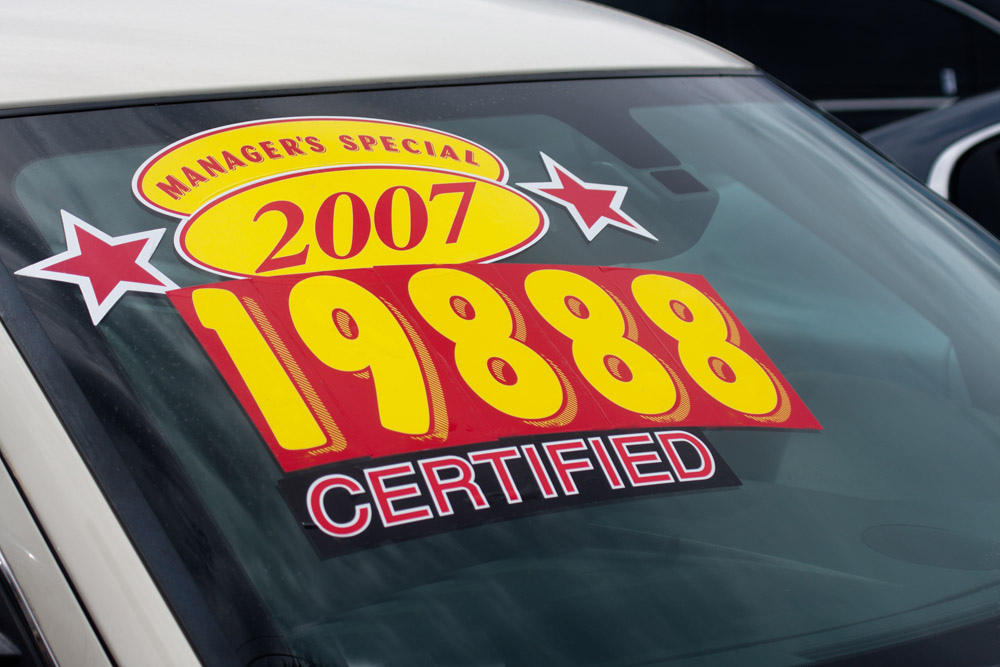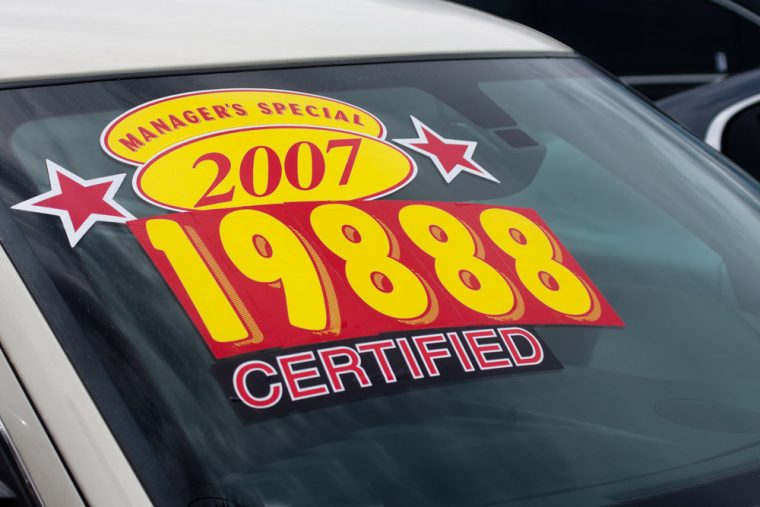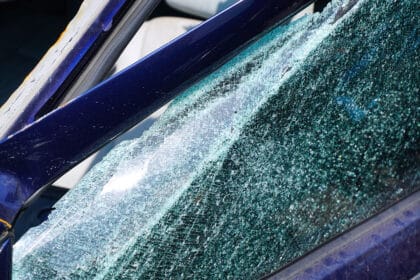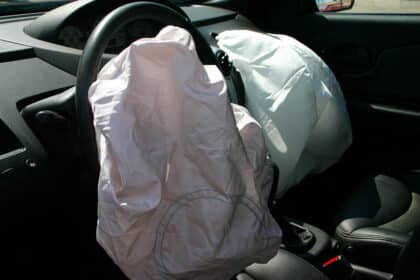When you’re in the market for a car, you have two choices: new or used. A new car might sound fantastic, but your budget might be more suited to a used car. If you decide buying used is the right choice for you, make sure you do your research before buying to avoid ending up with a lemon.
Start off by examining the interior and exterior of the car. Look carefully for any dents or damage. If the car has undergone any major repairs, make sure that they were done professionally by checking the records. Make sure that you open the car’s hood and inspect all the wiring, engine, and other parts for rusting or any other wear and tear.
A test drive is very important when buying a used car. During the test drive, pay attention to the driving experience and any unusual noise or sound that you might hear. Focus on individual parts such as wheel alignments, brake efficiency, car pickup, gears, and the overall driving experience.
When you take the car out for a test run, park it somewhere clear of stains or marks and let it run for around a minute. While the car is running, pay attention to any fluids leaking from it. After a minute, move the car and look for any fluids that might have leaked. Any such leakages are a red flag.
Once you are satisfied that the vehicle is good quality, take it to a mechanic for a professional evaluation. This is extremely important because you can easily overlook serious problems that can only be detected by a professional, who can check if the car has all original fittings, and can tell if any repairs were performed correctly. A mechanic can also give you a ballpark figure about the market price of the vehicle so that you do not end up overpaying for it.
Once you get the go-ahead from your mechanic and you feel that the car has passed all the evaluation tests, it’s time to investigate the vehicle’s records and previous customer experience. When carrying out your research, make sure you are only focusing on the make and model that you are buying. Check the consumer reviews on car sales and purchase forums and other relevant blogs and see what kind of problems previous customers have faced. Pay attention to things such as fuel economy, maintenance, and running costs to have a clear idea about how economical or expensive will the car be for you on a daily basis.
Check out pricing websites like KBB.com to get an idea of the car’s value. Negotiate with the seller if you feel he is charging too much. However, if the price he is charging is too good to be true, consider it a red flag.
One of the most important investigation procedures that many new buyers easily overlook is the Vehicle Identification Number. This is the best way to evaluate the car for any scams, frauds, record tampering, and ownership rights. Imagine someone offers to sell you a Rolex and you want to check if it is the original or the Rolex Replica. The best way to do that would be to look up and decode the relevant Rolex serial numbers. Similarly, Vehicle Identification Numbers are unique numbers assigned to a car. Interestingly, the scanner often clones the VINs of the stolen car to make it look legally registered. Make sure you decode the VINs ad ensure that you are not being scammed into buying a stolen car. Match the VIN with the one mentioned on the cars repairs and maintenance records.
Ask for a vehicle history report and study it carefully for complete ownership history, repairs, accidents, and service points. Make sure you know the car inside and out before agreeing to purchase.
This is a collaborative article.
The News Wheel is a digital auto magazine providing readers with a fresh perspective on the latest car news. We’re located in the heart of America (Dayton, Ohio) and our goal is to deliver an entertaining and informative perspective on what’s trending in the automotive world. See more articles from The News Wheel.











